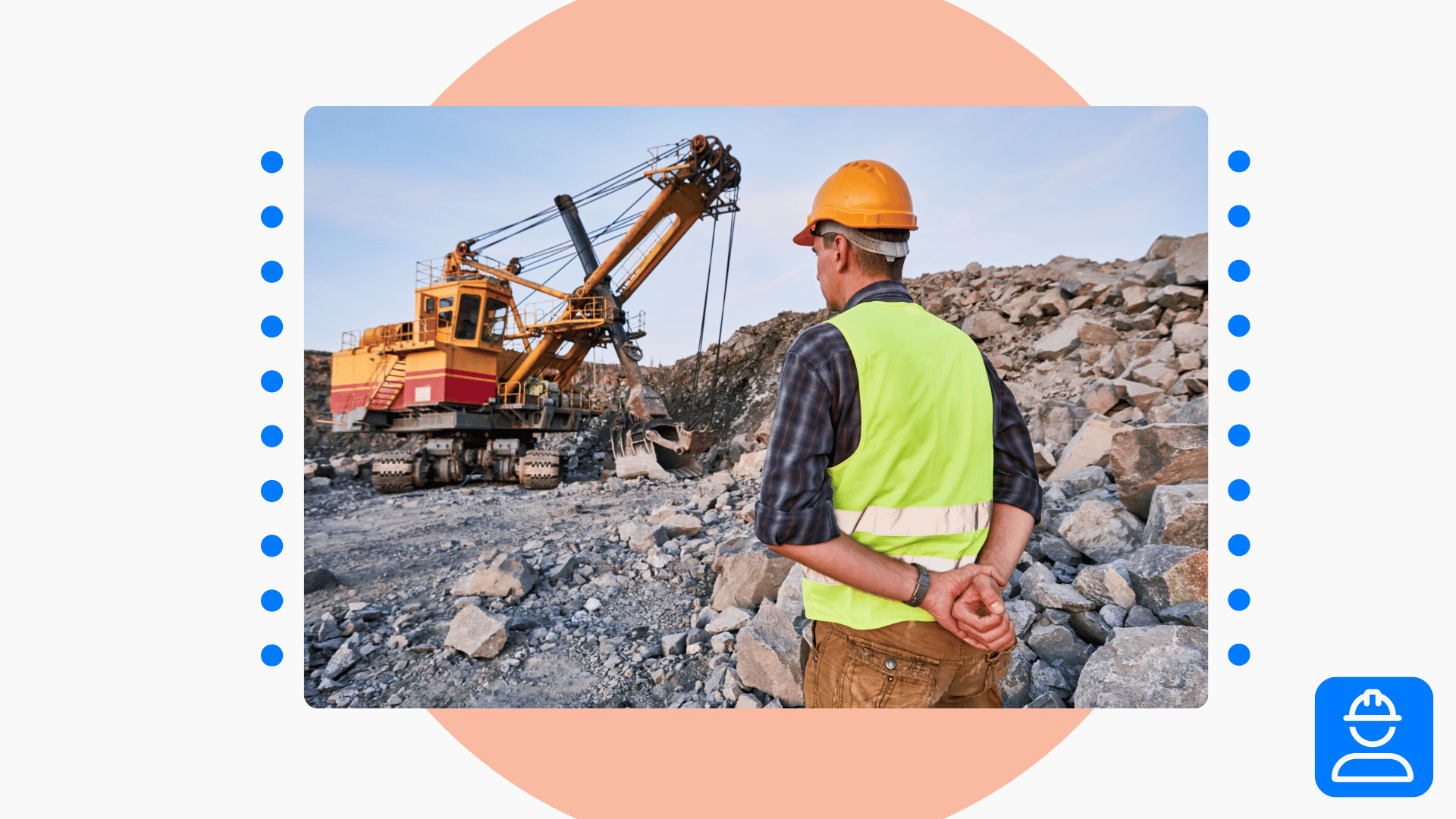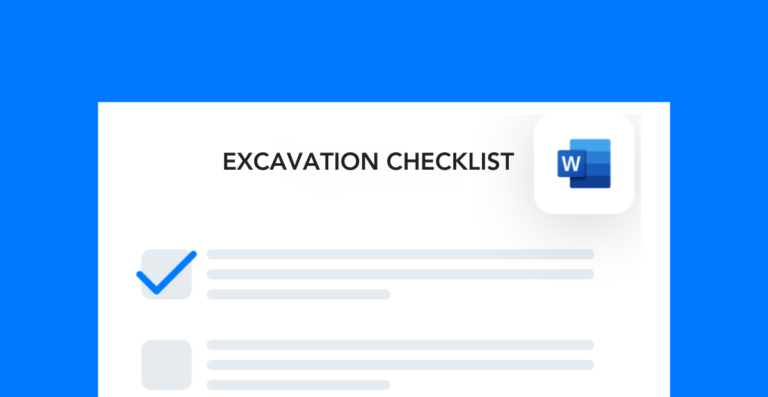Excavation projects require significant planning and consideration. This is especially true when it comes to preventing collapses and protecting workers. Use this excavation safety toolbox talk to remind your team of the role they play in creating a safe work environment for everyone.
Excavation safety toolbox talk overview
During this toolbox talk, we’ll go over:
- How to recognize hazards
- Ways to prevent excavation accidents
- When and how to report hazards
Remember, maintaining a safe worksite depends on everyone working together to eliminate and control hazards. Always stay vigilant, even if you think someone else is taking care of safety.
Recognizing dangerous site conditions
For the site to be safe, we need everyone doing their part to find and remove excavation safety hazards. The general rule is if you see something, either fix it or tell someone. Don’t just leave it for another person to find. One of the easiest ways to prevent incidents is to address hazards as early as possible.
The top three safety hazards in an excavation site are:
- Wall collapses
- Utility strikes
- Falling objects
Always pay attention to where you put things around the work area. Unattended tools and misplaced materials are the most common sources of cave-ins and falling objects. Paying close attention to where we’re putting tools, machinery, and excavated materials will go a long way towards improving safety.
Avoiding excavation safety accidents
In excavation zones, wall stability is the top focus. Even if you’re not the one operating the excavator, you have a role to play in the safety of the project. Here are some tips for helping avoid accidents onsite:
- Block off active work zones to pedestrian traffic (when necessary).
- Do a safety inspection before you start work, looking for hazards like water backups, wall stability issues, utility lines, and more.
- Make sure that shoring and shielding control measures are in place.
- Verify that someone has contacted the utility company before starting work.
- Double check that the access and egress points are accessible and clearly marked.
- Use a ladder to enter deep access points to avoid fall injuries.
- Inspect your PPE for damage or excessive wear before entering the work zone.
Reporting safety hazards
If you see an issue with the wall stability, let your supervisor know right away. You should also never go into an excavated area unless you’re sure it’s safe.
Under OSHA regulations for trench work, any excavations deeper than 5 feet require extra safety precautions. So, if you’re working in a trench or hole that fits those requirements, double check its safety before entering.
If you can, fill out a hazard report form so we can document everything we see. That way, it’ll be easier to review recurring safety issues and come up with better ways to prevent them in the future.




